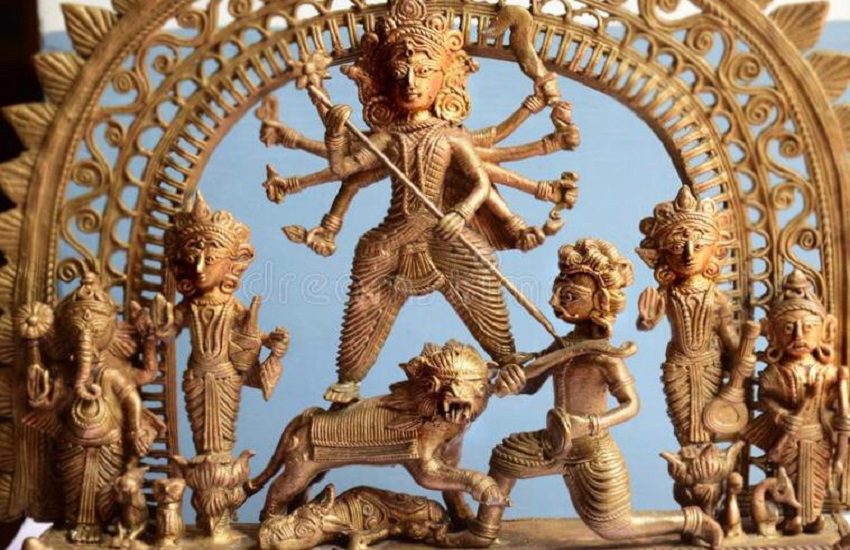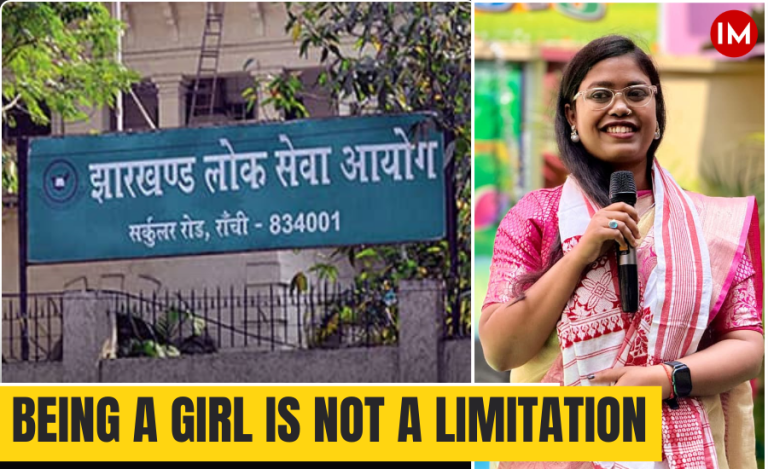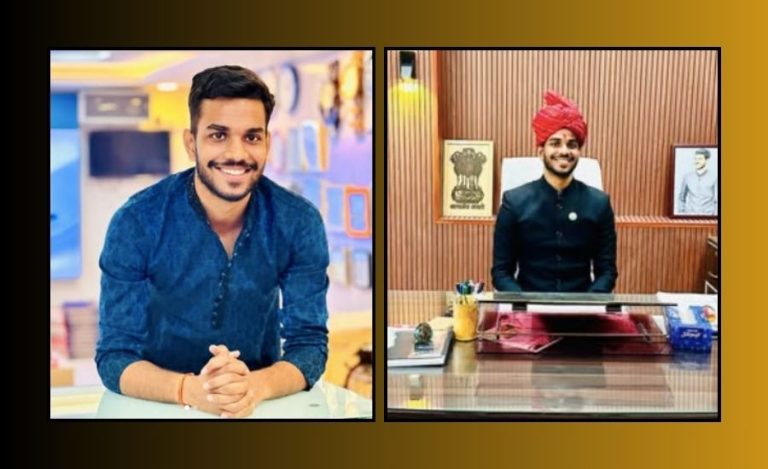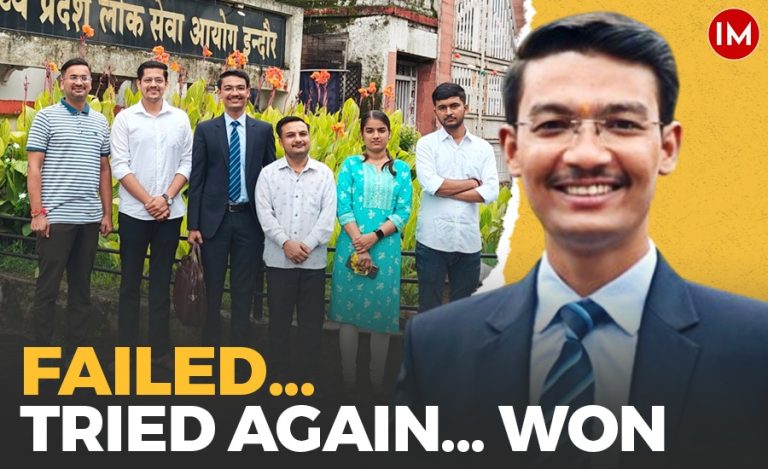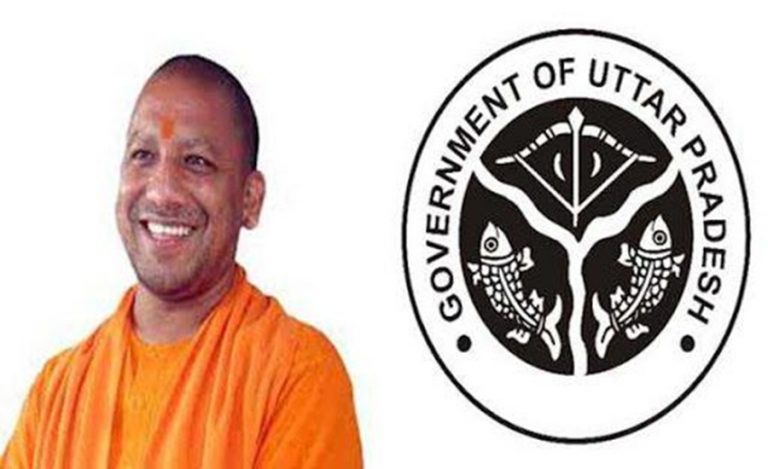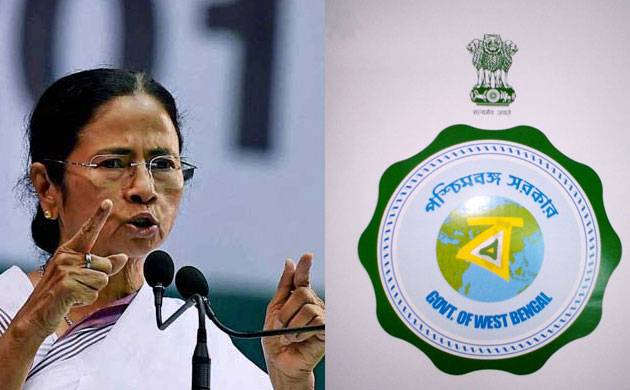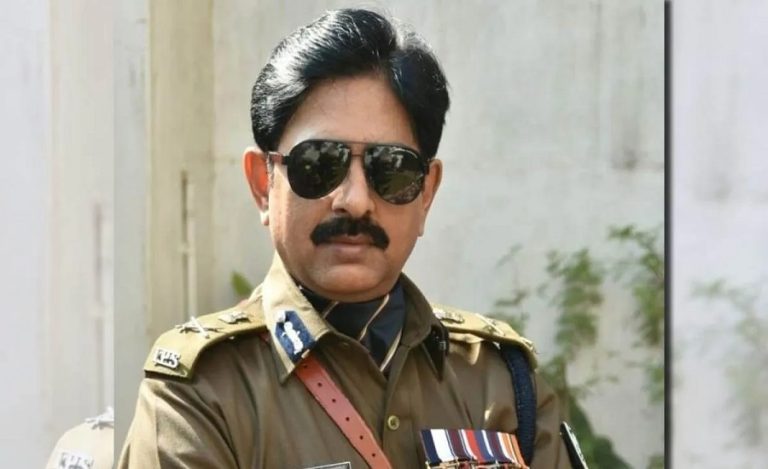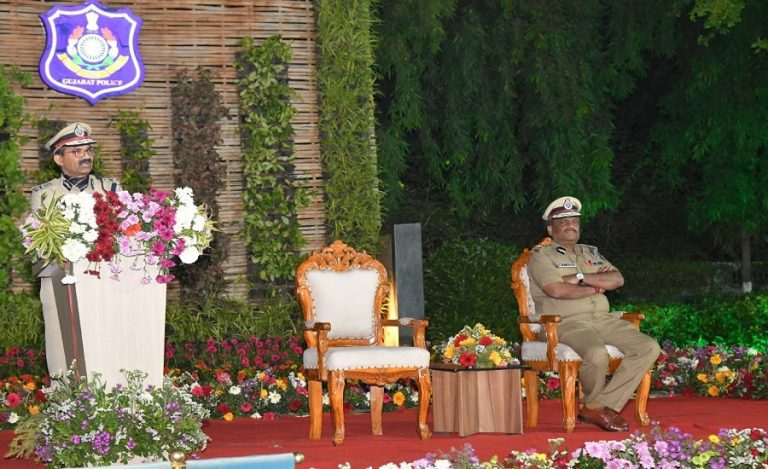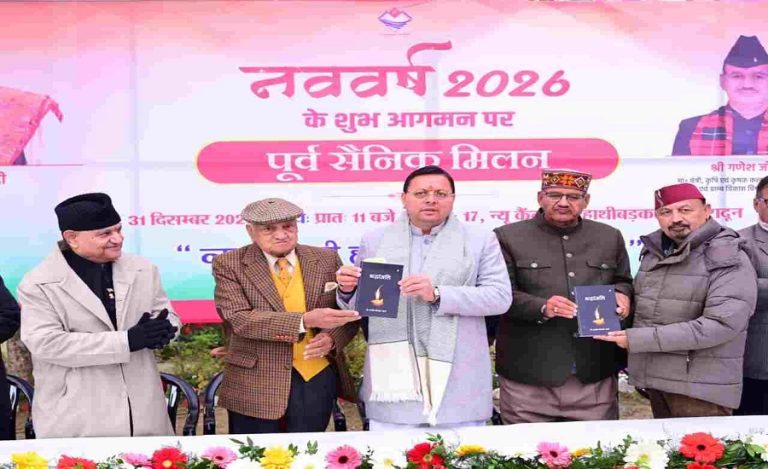Unknown to many, about 145 km from Kolkata and 30 km from the Burdwan Railway Station, lies hidden an extraordinary village called Dwariyapur. Extraordinary because this small village is strongly holding on to the relics of the past. Here, every household delicately forges out intricate pieces of Dokra art, and almost everyone is a craftsperson.
Dokra is an ancient technique of producing a non-ferrous metal ware by metal casting process, practised from the time of the Indus Valley civilisation – its most famous example being the ‘Dancing Girl’ statuette of Mohenjodaro. The Dwariyapur artisans follow the same process to make figurines, animals, deities and jewellery with their hands. However, the Dokra artisans here were facing a lot of hardships which were compounded by the pandemic and the subsequent lockdowns.
Noting this, Purba Bardhaman district SP, Kamanasish Sen, came forward to help them with his ‘Maatir Taan’ initiative. A Bengali name, ‘Maatir Taan’ means ‘Coming Back to the Roots’.
Indian Masterminds spoke to 2014-batch IPS officer of West Bengal cadre, Kamanasish Sen, to find out what the initiative is all about and how it is helping the Dokra artisans.
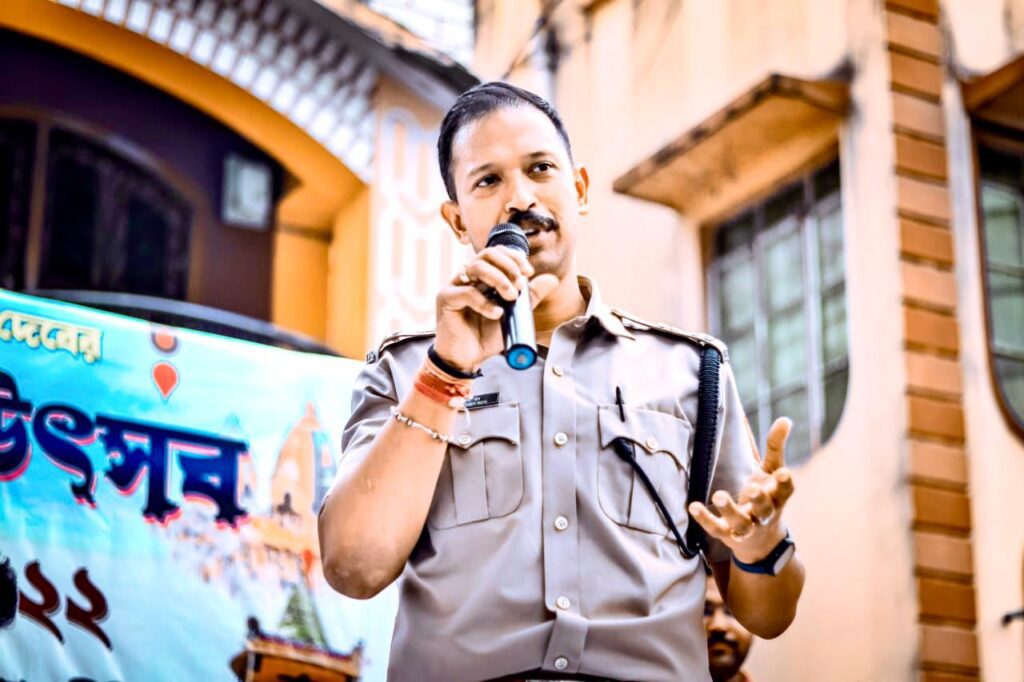
WHAT IS MAATIR TAAN
Maatir Taan is a unique initiative of Purba Bardhaman Police of aggregating the artisan community of the district and their art in the form of a handicraft emporium. The emporium has been opened in the police line at Sripalli in Bardhaman.
Mr. Sen said, “This community policing initiative has created an avenue for the artisans and craftsmen of the district to bring their unique items to the heart of the district headquarters and showcase to a bigger audience of handicraft lovers. Besides Dokra, we have Shola art forms, jute art forms, etc. All are native to Purba Bardhaman.”
The emporium also showcases the famous wooden dolls made by the wood carving artisans of Natungram. Natungram is popularly known as the Doll Village of Bengal for its traditional brightly coloured wooden dolls, usually a pair of owls, a man-woman couple, and even the divine couple Radha-Krishna.
“I am part of the National GI Mission Drive as honorary member and we have filed for patent for this wooden doll product of Natungram,” Mr. Sen said.
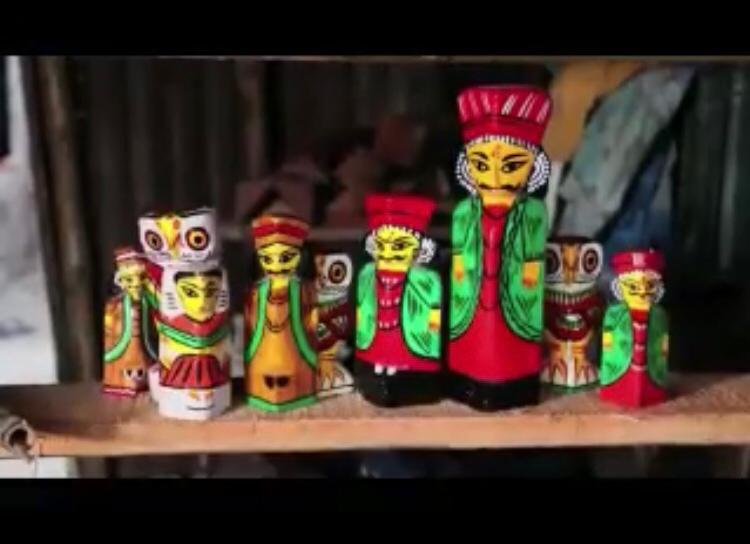
HOW IT STARTED
Maatir Taan, a first-of-its-kind initiative in the state of West Bengal, was conceived by the Purba Bardhaman Police during the Covid pandemic outbreak and lockdown enforced thereafter, when some 25 Dokra artisan families of Dwariyapur near Guskara under Ausgram Police Station were literally starving and the police came forward with food and other daily essentials support for their survival.
“The idea came during the pandemic, when we had supported the artisan families. Their businesses had suffered badly and they literally couldn’t even afford the basic amenities. Also, we got to know there were a lot of middlemen involved, and hence, the artisans directly got less money for their crafts,” Mr. Sen said.
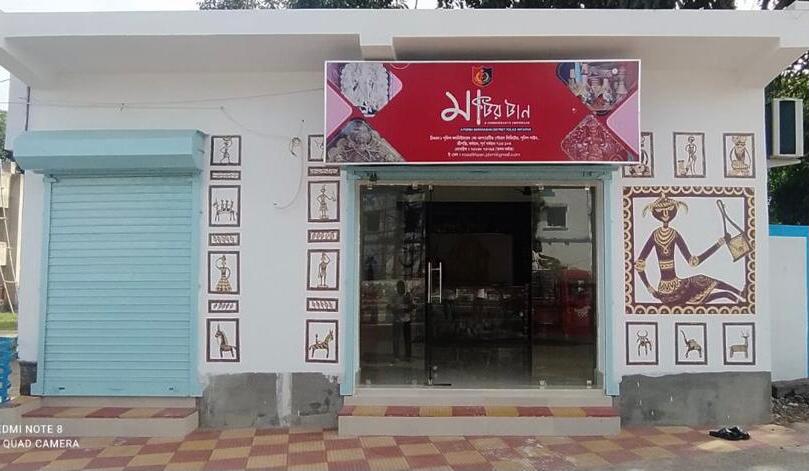
HOW IT HELPS
Mostly the artisans and craftsmen have to depend on agents and middlemen for selling their products, where the larger proportion of the profit margin is enjoyed by them, instead of coming directly to these artisans who create them. So, Maatir Taan has come up as an Art Based Community Development (ABCD) initiative by Purba Bardhaman District Police and managed by the District Police Cooperative (on No-Profit, No-Loss basis) where the artisans can sell their products with the entire profit margin coming to their wallet.
“With the support of NGOs and other social welfare organisations and, of course, through references of Purba Bardhaman Police Cooperative, Maatir Taan is getting promoted in Kolkata and various other districts and also in other states of the country, with an aspiration of global outreach through online sales and exports, which is going to boost the livelihood of these artisans to a great extent,” Mr. Sen said.
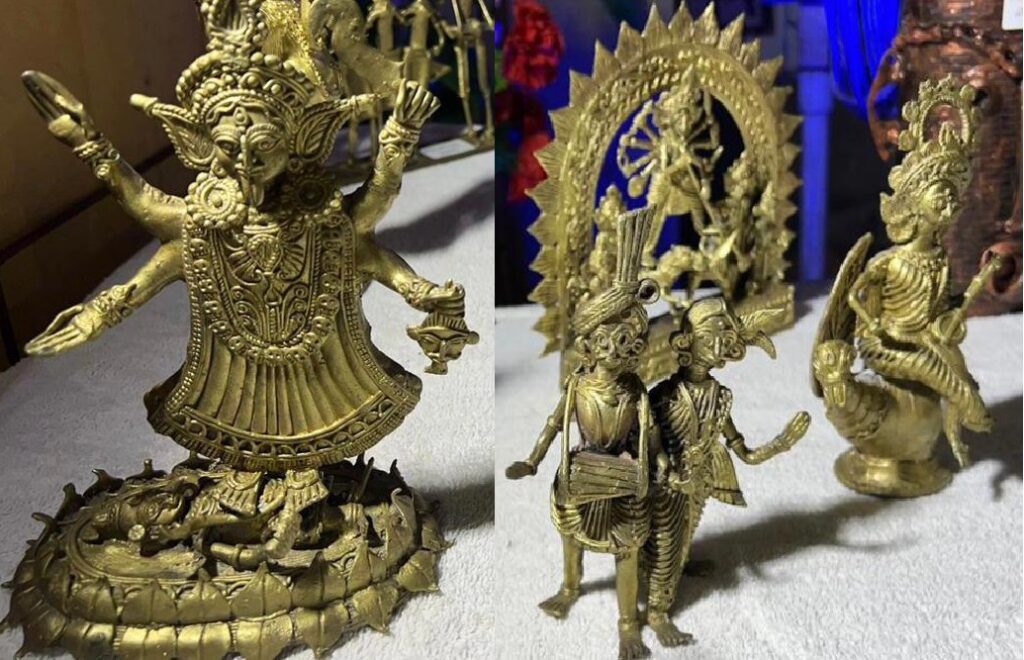
ABOUT DOKRA ART
The traditional Dokra craft stands out for its primeval simplicity and its intricate motifs. The art forms have a rustic and antique finish that enhances their appeal. This ancient art is thought to have come to the heartland of Bengal almost 3,500 years ago, and even today, artisans following this tradition create figurines of gods, goddesses, animals, birds, everyday objects, and also jewellery.
Even after facing a lot of constraints, the artisans of Dwariyapur have continued this traditional livelihood for generations. Their love for the craft and their persistence to continue with it mark them out as true upholders of a beautiful legacy.
And to help them carry forward this age-old legacy, the Purba Bardhaman Police department, under the leadership of SP Kamanasish Sen, is plugging all the gaps while especially taking care of the visibility factor, so that the artisans get a good market and good prices for their handicrafts.
Mr. Sen said, “We have been setting up stalls in exhibitions in Kolkata and establishing tie-ups for online sales. The artisans are quite satisfied as we only keep one percent as establishment costs and all the profits are accrued to them. Maatir Taan is system dependent, not a people-dependent initiative.”

